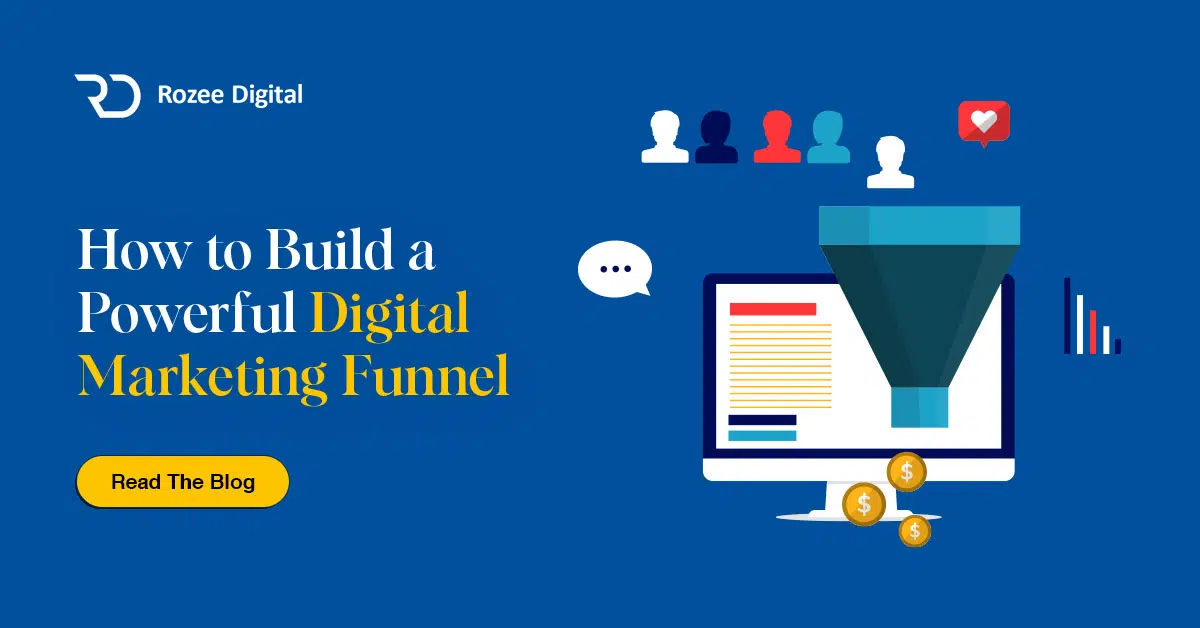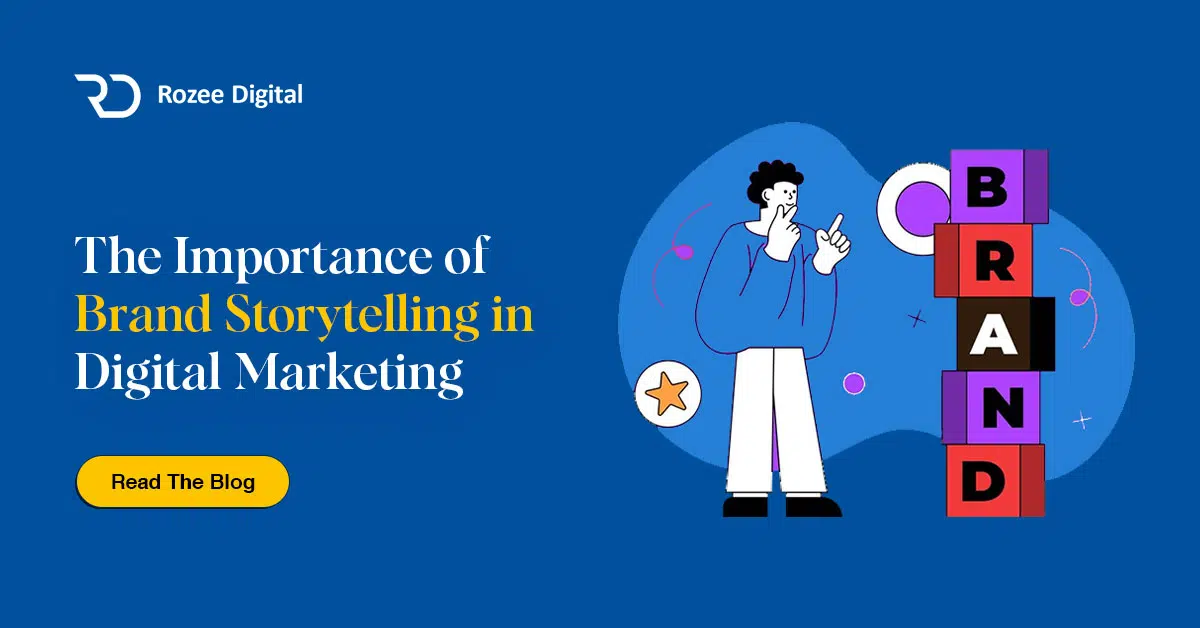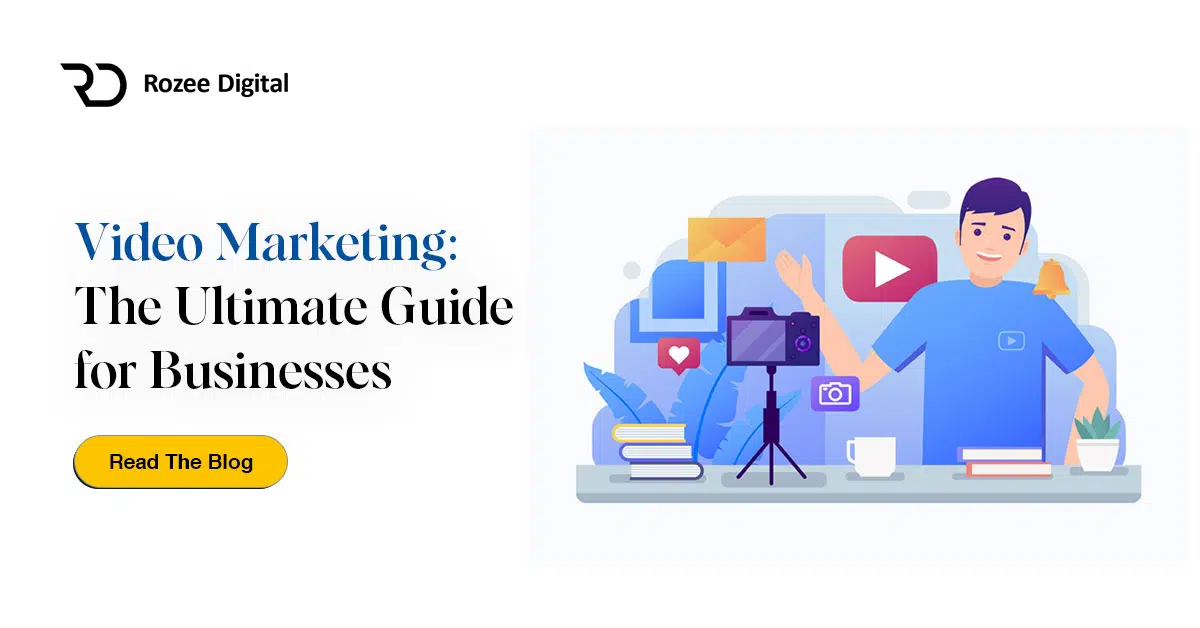Facebook Ads for Ecommerce
Facebook Ads have become an invaluable tool for ecommerce businesses looking to expand their reach and drive sales. With its massive user base and robust targeting options, Facebook offers a powerful platform for businesses to connect with their target audience. By understanding the different placements available for Facebook Ads, businesses can effectively optimize their advertising strategies and maximize their results.
The Power of Facebook Ads for Ecommerce Businesses
Facebook Ads provide ecommerce businesses with a unique opportunity to reach a vast audience of potential customers. With over 2.8 billion monthly active users, Facebook offers unrivaled access to a diverse range of individuals who may be interested in your products or services. By utilizing Facebook’s advanced targeting options, businesses can narrow down their audience based on demographics, interests, behaviors, and more, ensuring that their ads are seen by the right people.
Furthermore, Facebook Ads allow for precise retargeting of individuals who have previously interacted with your website or shown interest in your products. This enables businesses to re-engage with potential customers and guide them further down the sales funnel. For a comprehensive guide on retargeting strategies, check out our article on Facebook Ads Retargeting for Ecommerce.
Understanding Different Placements for Facebook Ads
To effectively optimize Facebook Ads for ecommerce, it’s important to understand the various placements available. Facebook offers a range of placements across its platform, including the Facebook News Feed, Right Column, Audience Network, Messenger, and Instagram. Each placement has its own unique characteristics and advantages.
By strategically selecting the appropriate placements, businesses can tailor their ads to specific target audiences and maximize their visibility. For example, the Mobile News Feed placement offers excellent reach and engagement, particularly among mobile users. On the other hand, the Right Column on Desktop placement can be an effective way to capture the attention of individuals browsing Facebook on their desktop devices.
To learn more about each placement and how to leverage them for your ecommerce business, continue reading our sections on News Feed Placements, Right Column Placements, Audience Network Placements, Messenger Placements, and Instagram Placements.
By harnessing the power of Facebook Ads and understanding the different placement options available, ecommerce businesses can unlock new opportunities for growth and success. Stay tuned for the upcoming sections, where we will delve into each placement in detail and provide insights on how to optimize your Facebook Ads strategy.
News Feed Placements
When it comes to advertising your ecommerce business on Facebook, News Feed placements are essential for reaching a wide audience. The News Feed is the central hub where users spend most of their time scrolling through posts from friends, family, and Pages they follow. This makes it an ideal space to showcase your products or services to potential customers.
Mobile News Feed
With the increasing use of smartphones, Mobile News Feed placements have become a crucial advertising channel for ecommerce businesses. Mobile News Feed ads seamlessly integrate into users’ mobile browsing experience, making them highly visible and engaging. These ads appear directly in the Facebook mobile app, offering a prime opportunity to capture users’ attention while they are on the go.
It’s important to optimize your ads for mobile viewing by ensuring that they are visually appealing, have clear and concise messaging, and are mobile-responsive. Additionally, consider using attention-grabbing visuals and compelling ad copy to entice users to click on your ad and explore your products or services further.
Desktop News Feed
While mobile usage is on the rise, desktop usage remains significant, especially for certain target demographics. Therefore, Desktop News Feed placements should not be overlooked when advertising your ecommerce business on Facebook. These ads appear within the News Feed on desktop devices, allowing you to reach users who prefer browsing Facebook on their computers.
Desktop News Feed ads offer a larger canvas to showcase your products or services, allowing for more detailed visuals and comprehensive ad copy. Take advantage of this space by creating visually appealing ads that highlight the unique features and benefits of your products. Remember to include a clear call-to-action to encourage users to take the desired action, such as visiting your website or making a purchase.
By utilizing both Mobile News Feed and Desktop News Feed placements, you can maximize the visibility and reach of your Facebook ads. It’s important to monitor the performance of your ads on each placement and make necessary adjustments to optimize your campaigns. For more information on Facebook ads strategy for ecommerce, check out our article on facebook ads strategy for ecommerce.
Right Column Placements
Right Column on Desktop
When running Facebook ads for your ecommerce business, it’s important to explore different ad placements to maximize your reach and engagement. One such placement is the Right Column on Desktop.
The Right Column placement refers to the ads that appear on the right-hand side of the Facebook desktop interface. These ads are displayed alongside the user’s News Feed and provide an additional opportunity to capture their attention. While this placement may have a smaller audience compared to other placements, it can still be effective in reaching your target audience.
The Right Column placement offers some unique advantages. Firstly, it allows for increased visibility as the ads are positioned prominently on the screen. This can be particularly beneficial for certain products or services that require more visual impact. Additionally, the Right Column placement tends to have lower competition compared to other placements, which can result in lower costs per click (CPC) or cost per impression (CPM).
However, it’s important to consider the limitations of this placement as well. Due to the smaller size of the ads, you have limited space to convey your message. Therefore, it’s crucial to create concise and attention-grabbing ad copy and visuals. Make use of eye-catching images and compelling headlines to make the most of this limited space.
When using the Right Column placement, it’s recommended to closely monitor the performance of your ads. Keep an eye on key metrics such as click-through rates (CTR), conversion rates, and return on ad spend (ROAS). This will help you assess the effectiveness of this placement for your specific ecommerce business.
To optimize your ads for the Right Column placement, consider the following tips:
- Relevant Audience Targeting: Ensure that you are targeting the right audience for your ads. Utilize the various Facebook Ads targeting options available to narrow down your audience and reach those who are most likely to be interested in your products or services.
- Compelling Ad Copy and Visuals: Create engaging ad copy and visuals that grab the attention of users. Highlight the value proposition of your products or services and provide a clear call-to-action to encourage users to take the desired action.
- A/B Testing: Experiment with different ad variations to identify what resonates best with your target audience. Test different headlines, images, and ad formats to optimize your campaign performance.
- Ad Placement Optimization: Use Facebook’s ad placement optimization feature to allow the platform to automatically allocate your budget to the placements that are performing well for your specific campaign objectives. This can help maximize the impact of your ads across different placements.
By considering the Right Column placement as part of your Facebook ads strategy for ecommerce, you can expand your reach and increase the visibility of your products or services. Testing and monitoring the performance of your ads will enable you to make data-driven decisions and optimize your campaign for better results.
Audience Network Placements
When it comes to Facebook ads placements for your ecommerce business, the Audience Network offers a range of options to expand your reach beyond the Facebook platform. The Audience Network includes placements such as native, banner, and interstitial ads, as well as in-stream videos. Let’s explore each of these placements in more detail.
Native, Banner, and Interstitial Ads
Native ads seamlessly integrate into the mobile apps and websites of the Audience Network, providing a non-disruptive user experience. These ads match the look and feel of the surrounding content, making them more engaging and effective. They can appear as sponsored articles, recommended content, or in-feed ads, allowing you to effectively reach your target audience.
Banner ads, on the other hand, are graphical ads that appear at the top or bottom of the mobile apps and websites. They are larger in size and can include images, text, and call-to-action buttons. Banner ads are highly visible and can capture the attention of users as they scroll through the content.
Interstitial ads are full-screen ads that appear at natural transition points within an app or website. They can provide a more immersive experience for users and are often displayed between levels of a game or during page transitions. Interstitial ads have the potential to grab the attention of users due to their larger size and prominent placement.
In-stream Videos
In-stream videos are another powerful placement option within the Audience Network. These are video ads that play before, during, or after the content being viewed by users. In-stream videos are highly engaging and can captivate the attention of the audience. By leveraging the popularity of video content, you can effectively convey your brand message or showcase your products to potential customers.
It’s important to note that when utilizing Audience Network placements, it’s crucial to optimize your ads for each specific placement. This includes tailoring the ad creative, format, and messaging to suit the characteristics and user experience of each placement.
By incorporating Audience Network placements into your Facebook ads strategy, you can significantly expand your reach and connect with a wider audience. However, it’s essential to monitor the performance of your ads and adjust your targeting and creative elements accordingly. For more insights on optimizing your Facebook ads for ecommerce, check out our article on Facebook ads optimization for ecommerce.
Messenger Placements
Facebook Messenger provides unique opportunities for advertisers to connect with their audience on a more personal level. With Messenger placements, you can reach potential customers directly through their messaging app. Let’s explore two specific Messenger placements: Sponsored Messages and Messenger Inbox.
Sponsored Messages
Sponsored Messages allow advertisers to send targeted messages directly to users who have already engaged in a conversation with their business on Facebook Messenger. These messages can be personalized and tailored to the individual recipient, making them a powerful tool for driving engagement and conversions.
By leveraging Sponsored Messages, ecommerce businesses can send relevant product recommendations, exclusive offers, or updates about new releases directly to potential customers. This placement helps to nurture the existing relationship and encourage users to take action, such as making a purchase or visiting the website.
To maximize the effectiveness of Sponsored Messages, it’s crucial to carefully consider the timing and content of the messages. The messages should provide value to the recipient and avoid being overly promotional or intrusive. Craft compelling and personalized messages that resonate with the recipient’s interests and preferences.
Messenger Inbox
Messenger Inbox placements enable advertisers to display ads within the Messenger Inbox, where users receive and respond to messages from their contacts. These ads appear alongside conversations, allowing for seamless integration into the messaging experience.
Using Messenger Inbox ads, ecommerce businesses can showcase their products or services directly to users while they are engaged in conversations. These placements can help generate brand awareness, drive traffic to the website, or promote specific products or offers.
To create effective Messenger Inbox ads, focus on visually appealing imagery and concise copy that captures the attention of users. Highlight the unique selling points of your products or any current promotions to entice users to click on the ad and explore further.
By strategically utilizing Messenger placements such as Sponsored Messages and Messenger Inbox ads, ecommerce businesses can leverage the power of Facebook Messenger to engage with their audience in a more personalized and direct manner. Experiment with different messaging strategies, monitor the performance, and optimize your campaigns to achieve the best results for your ecommerce business.
Instagram Placements
When it comes to advertising your ecommerce business on Facebook, it’s important to consider the power of Instagram placements. Instagram, as a visual platform, offers unique opportunities to showcase your products and engage with potential customers. There are two main types of placements on Instagram: Feed Ads and Stories Ads.
Feed Ads
One of the most common placements on Instagram is the Feed Ads. These ads appear in the main feed of users, seamlessly integrated with organic content. Feed ads can be static images or carousel ads, allowing you to showcase multiple products or different angles of a single product.
Instagram Feed Ads provide an excellent opportunity to capture the attention of your target audience as they scroll through their feed. With visually appealing images or engaging carousel ads, you can effectively highlight the key features and benefits of your products. Make sure to optimize your ad creative, including compelling visuals and persuasive copy, to entice users to click through and learn more about your ecommerce offerings. For tips on creating effective ad creative, check out our article on Facebook Ads Creative for Ecommerce.
Stories Ads
Another popular placement on Instagram is Stories Ads. These ads appear in between organic stories posted by users. Stories ads are immersive and full-screen, capturing the attention of viewers in a more interactive way. You can use a combination of images, videos, and interactive elements like polls or swipe-up links to engage your audience.
Instagram Stories Ads provide a unique opportunity to showcase your products in a more dynamic and engaging format. Take advantage of the full-screen space to create eye-catching visuals and compelling storytelling. Incorporating interactive elements can also encourage user interaction and drive them to take action, such as visiting your website or making a purchase. For more insights on using video in your ads, check out our article on Facebook Ads Video for Ecommerce.
By leveraging Instagram placements, you can expand your reach and connect with a wider audience of potential customers. Whether you choose to advertise through Feed Ads or Stories Ads, it’s crucial to align your ad creative and messaging with your ecommerce goals. Test different variations of your ads, monitor performance metrics, and make data-driven optimizations to maximize the effectiveness of your Instagram ad campaigns. For more information on reporting and analytics, refer to our article on Facebook Ads Reporting for Ecommerce.
Remember to consider your target audience and the nature of your products when deciding which placements to prioritize. Instagram offers a visually driven environment that can be particularly effective for ecommerce businesses. With strategic planning and compelling ad content, you can unlock the potential of Instagram placements and drive success for your ecommerce venture.
Choosing the Right Placements for Your Ecommerce Business
When it comes to running successful Facebook ad campaigns for your ecommerce business, choosing the right ad placements is crucial. Different placements offer unique advantages and reach different segments of your target audience. Consider the following factors when deciding on the best placements for your ads:
Factors to Consider
- Objective: Determine the primary goal of your ad campaign. Are you aiming to increase brand awareness, drive traffic to your website, or generate conversions? Different placements may be more effective depending on your objective. For example, if your goal is to drive traffic, the News Feed placements may be more suitable.
- Audience: Understand your target audience and their preferences. Consider where they spend most of their time on Facebook. If your target audience is more active on mobile devices, the Mobile News Feed placement may be the ideal choice.
- Ad Format: Consider the type of ad format you plan to use. Some placements are better suited for specific formats such as images, videos, or carousels. For example, the Instagram Feed placement is great for visually appealing image and video ads.
- Budget: Evaluate your budget and determine how much you’re willing to allocate to different placements. Some placements may have higher costs per click or impression, so ensure that your budget aligns with your desired placements.
- Testing and Optimization: It’s essential to conduct testing and optimization to identify the best-performing placements for your specific business. Run A/B tests and analyze the performance metrics to make data-driven decisions.
Testing and Optimization Strategies
To determine the most effective placements for your ecommerce business, consider the following testing and optimization strategies:
- Split Testing: Create multiple ad sets with different placements and evaluate their performance. Split testing allows you to compare the results and identify which placements drive the best results for your specific goals.
- Monitoring Metrics: Keep a close eye on key performance metrics such as click-through rates, conversion rates, and return on ad spend (ROAS) for each placement. This data will help you make informed decisions about where to allocate your budget.
- Audience Insights: Leverage Facebook’s audience insights to gain a better understanding of how your target audience engages with different placements. This information can guide your decision-making process and help you refine your ad strategy.
- Iterative Optimization: Continuously optimize your campaigns based on the insights gained from testing. Adjust your budget allocation, creative elements, and targeting strategies to maximize the performance of your ads across different placements.
By carefully considering the factors mentioned above and implementing effective testing and optimization strategies, you can choose the right Facebook ad placements that align with your ecommerce business goals and reach your target audience effectively. For further guidance on Facebook ads for ecommerce, check out our comprehensive guide on facebook ads for ecommerce.






